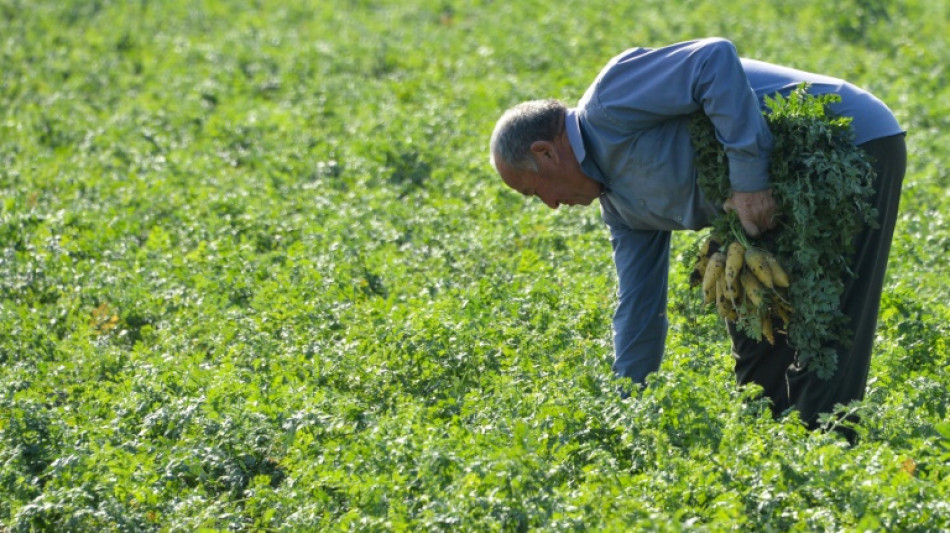
RBGPF
1.0200


A surprise heatwave hit Central Asia in March, a new study published Friday showed, putting in danger crops and water supply in a largely rural region already heavily affected by the impacts of climate change.
Temperatures across the month were up to 10 degrees Celsius (50 degrees Fahrenheit) hotter in the region than the pre-industrial average, according to World Weather Attribution, a coalition of scientists that studies the impact of climate change on extreme weather events, which conducted the research.
Climate change intensified the heatwave by about 4 degrees Celsius, the group said, though cautioned that figure "is likely an underestimate."
"This is a heatwave that didn't make headlines –- it happened in spring and in a region that isn't exactly known for blistering heatwaves," said Maja Vahlberg, a technical adviser at the Red Cross Red Crescent Climate Centre who took part in the study.
The research was conducted across the five Central Asian states of Kazakhstan, Kyrgyzstan, Tajikistan, Turkmenistan and Uzbekistan.
"Our heatwave studies often detect changes of 2 to 4 degrees Celsius (35-39 degrees Fahrenheit), so 10 degree Celsius is quite frankly bonkers," said Ben Clarke from Imperial College London.
"Hotter March temperatures are impacting agriculture harvests and access to water in Central Asia, as well as people's health," said Friederike Otto, co-head of World Weather Attribution.
The melting of thousands of glaciers is a major threat to people in the landlocked region, which already suffers from water shortages.
Between 14 and 30 percent of glaciers in the Tian-Shan and Pamir -- the two main mountain ranges in Central Asia -- have melted over the last 60 years, according to a report by the Eurasian Development Bank.
The heatwave coincides with a crucial agricultural season, when almonds, apricots and cherries bloom and wheat is sowed.
Around half of all workers in Tajikistan and Uzbekistan are employed in agriculture, which makes up one-fifth of the region's economy.
In particularly hot spots, temperatures hit 30 degrees Celsius -- highly unusual for March.
Central Asia is typically characterised by exceptionally hot summers and harsh, cold winters.
Climate scientists said early heatwaves in the region would likely continue, seeing it as a trend rather than a one-off event.
"We should expect events like this often," Clarke told AFP during an online briefing.
W.Tam--ThChM